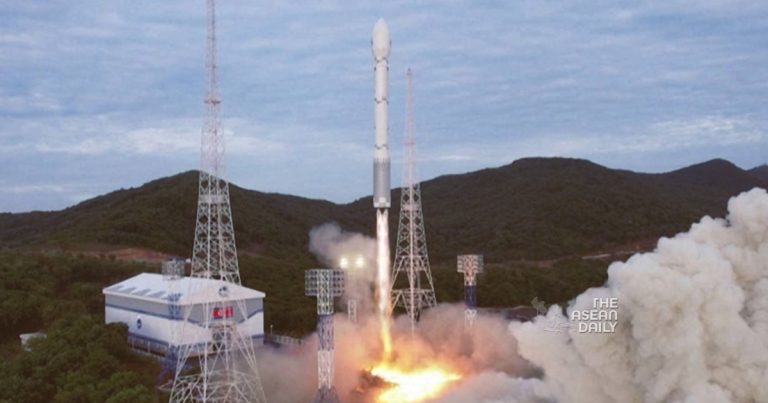28-2-2024 (SEOUL) North Korea’s inaugural spy satellite, Malligyong-1, is “alive” and under Pyongyang’s control, according to space expert Marco Langbroek from Delft University of Technology. Despite a lack of information about the satellite’s capabilities, Langbroek detected changes in its orbit that suggest successful manoeuvres. After being placed in orbit in November, North Korea claimed the satellite photographed sensitive sites in South Korea, the United States, and elsewhere. However, no imagery has been released, and independent radio trackers initially did not detect signals from the satellite.
Langbroek reported that from February 19-24, Malligyong-1 executed manoeuvres to raise its perigee from 488 to 497 kilometres, proving its operational status. This information was sourced from the UK-led Combined Space Operations Center. The successful orbit-raising manoeuvre was unexpected, as previous North Korean satellites did not demonstrate such capabilities.
South Korea’s defence ministry has not provided an immediate response to these developments. Defence Minister Shin Won-sik previously stated that the satellite did not show signs of engaging in reconnaissance activities.
Langbroek highlighted the significance of Malligyong-1’s capacity to raise its orbit, indicating control over its propulsion system. He noted that as long as there is fuel, North Korea can extend the satellite’s lifespan by adjusting its altitude to counter orbital decay.
North Korea, a nuclear-armed nation, has expressed intentions to launch three more spy satellites in 2024. The current revelations about Malligyong-1’s manoeuvres provide new insights into North Korea’s evolving space capabilities.




